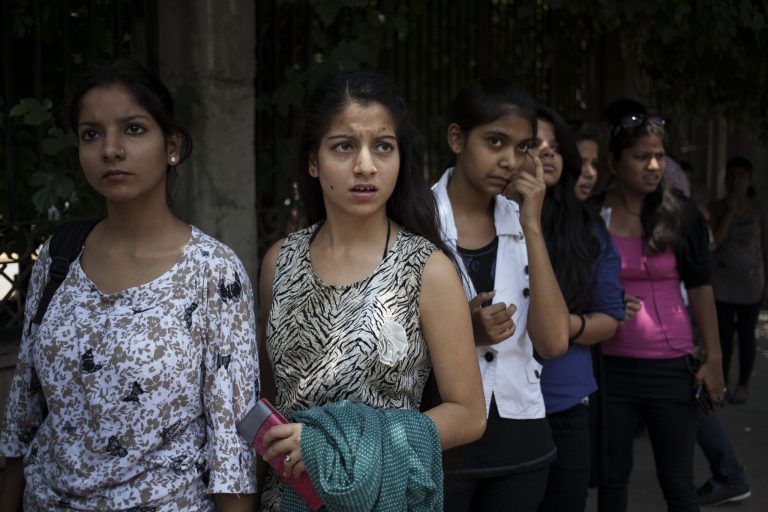
Private institutions in India will pass their public and traditional counterparts on global rankings in “a generation or two,” according to one university chancellor’s predictions.
Atul Chauhan, chancellor of Amity University, a private university in the state of Uttar Pradesh, says more traditional institutions are falling behind in global rankings because of a lack of investment in research. Private institutions, Chauhan remarked last week to delegates at Times Higher Education’s Young Universities Summit in Dublin, are the key to “getting the brains back into the country.”
“At the moment India faces a huge brain drain. The most brilliant students are not going into research within the country. There is need for India to build world-class research universities,” he said.
The India “brain drain” is a well-documented process that has been going on for years, with skilled workers leaving India in droves to seek work elsewhere, many of them heading to the United States and the EU.
Amity is owned by the non-profit foundation of the AKC Group of Companies, which includes petrochemical, technology and pharmaceutical companies among its interests. It has provided higher education in India since 1995 (with university status since 2005) and has nine campuses in India.
Though the country has hundreds of universities, few have even made the cut on global ranking lists, much less earning a high score. Only four Indian institutions appeared on the most recent THE World University Rankings list – not one of them within the top 250.
“Two generations ago, all the best schools were provided by the public sector – now it has flipped around,” said Chauhan. “I have a strong feeling the same will happen in higher education within a generation or two.”
He pointed to the improvement of academic rights and processes as one benefit of the increased strength of the private sector in education.
“One of the things we noticed was faculty members weren’t using intellectual property rights. So we created a system for this and have now filed 591 patents in the past four years,” he said.
However, Chauhan’s optimism may be a bit preemptive, considering the slow progress of the country’s younger universities.
THE’s rankings of the top 100 universities under 50 years old, released a few weeks ago, did not include a single university in India, though 20 Indian institutions submitted entries for consideration and a number of other universities in Asia grabbed top spots on the list. Only one Indian university — IIT Guwahati — has appeared on the list since it began publication in 2012, making the cut at 87 on the 2013 ranking.
Experts say the low quality of research publications and lack of top faculty help account for the failure of Indian universities to achieve better results in global rankings.
“The higher education system in India has had to cope with huge increase in student numbers, which puts pressure on resources and quality. Also, a large number of Indian universities do not meet our criteria, including the minimum number of research papers to be published each year,” said Phil Baty, THE’s rankings editor.
A lack of collaboration between institutions and academics is also seen as a major impediment.
“Be it established universities like IITs, Mumbai or Delhi universities, we rarely see academic or industrial collaboration in its true sense. Moreover, faculty of international repute plays a large role in rankings, an area where newer universities lag behind,” said SS Mantha, former chairman of the All India Council for Technical Education (AICTE).







